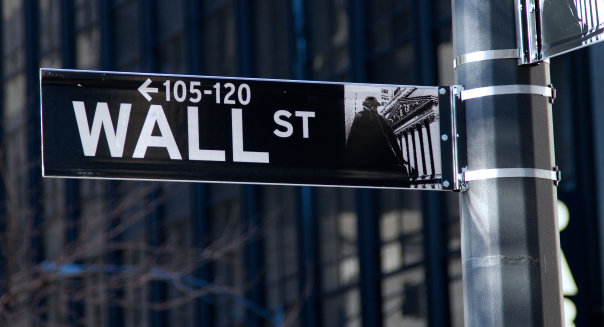
By Angela Moon
NEW YORK, Sept 27 (Reuters) – With a possible U.S. government shutdown days away, Wall Street still hasn’t come down with a critical case of fiscal fever despite forecasts that failure to resolve the federal budget standoff could be catastrophic.
The benchmark S&P 500 (^GSPC) is up more than 3 percent for September, which has traditionally been described as the worst month for stocks and was just 2 percent off its all-time high.
“Part of the calmness comes from the fact that investors have seen this before,” said Ryan Detrick, senior technical strategist at Schaeffer’s Investment Research in Cincinnati, Ohio.
The market expects agreements will be reached, even if they come down to the wire, he said.
Time was running short for lawmakers to avert a partial shutdown of the government beginning Tuesday when the new fiscal year begins. Congress was struggling to pass an emergency funding bill, but Tea Party-backed Republicans in the House sought to use the must-do bill to gut the new healthcare overhaul known as Obamacare or enact other Tea Party policies.
The Democrat-majority Senate passed a funding bill without attachments on Friday, but the situation remained fluid. The Republican-controlled House could vote on a bill in an unusual Saturday or Sunday session. President Barack Obama called on the House on Friday to stop “political grandstanding” and pass the legislation.
If the government does shut down non-essential operations on Tuesday, the Labor Department said it will not issue its monthly employment report scheduled for next Friday.
An extended government shutdown, or even worse, a debt default, could harm the market’s reputation by rekindling memories of 2011 when similar political infighting prompted the loss of the United States’ triple-A credit rating and was the primary driver of the stock market’s last full-on correction.
For the week, the S&P 500 declined 1.1 percent, the Dow was down 1.3 percent and the Nasdaq was up 0.2 percent. It was the first weekly drop in four for the S&P 500 and Dow.
In a second explosive Washington cliffhanger, Congress must agree to increase the $16.7 trillion limit on federal borrowing, which the administration says will be reached by Oct. 17. If Capitol Hill fails to act in time, the unthinkable could happen and the United States could default on its debts.
But even in the options market, which is often seen as the place to offset risk and make protective bets against a decline in the stock market, there is little or no volatility premium priced in for the debt ceiling debate.
A growing number of market participants are even viewing the battle in Washington as an opportunity to jump into equities.
“Every situation we’ve had like this over the past few years has been a buying opportunity. This is just another wrinkle, not a time to change your strategy,” said Andres Garcia-Amaya, global market strategist at J.P. Morgan Funds in New York with $400 billion in assets under management.
During the federal government shutdown from Dec. 15, 1995, to Jan. 6, 1996, the S&P 500 added 0.1 percent. During the Nov. 13 to Nov. 19, 1995, shutdown, the benchmark index actually rose 1.3 percent, according to data by Jason Goepfert, president of SentimenTrader.com.
Options Suggest Little Risk
While the cost of insuring against a U.S. default on Friday crept higher, the price of put options on the S&P 500, the most popular hedging strategy against a decline on the benchmark index, is near its lowest level since the financial crisis.
“We looked at options prices for the S&P 500 as well as stocks with the highest revenue exposure to government, finding that relatively little fear is priced in,” said Goldman Sachs in a note to clients on Thursday.
“Complacency is even more pronounced on stocks with high government exposure. Fear priced into options on these stocks dropped over the past few months to new lows versus the S&P index options.”
With just one trading day to go before the end of the third quarter, the stock market could see heightened volatility on Monday as money managers adjust their positions to improve the look of their portfolios, or “window-dressing.”
If a government shutdown is avoided, Wall Street will focus next week on the critical September jobs report, expected on Friday. After the Federal Reserve decided to keep its stimulus efforts intact, investors will scrutinize the report for a better sense of when the central bank may begin to reduce the size of its bond-buying stimulus program.
“The jobs situation is still the biggest driver for the market, and the Fed needs to see better data to pull the trigger,” said Garcia-Amaya.
Data next week include Chicago PMI and the Dallas Fed Manufacturing Survey, due on Monday. The Institute for Supply Management manufacturing and construction spending reports are due on Tuesday, followed by the ADP private-sector employment report on Wednesday. Weekly jobless benefits claims data will be released on Thursday.


Leave a Reply